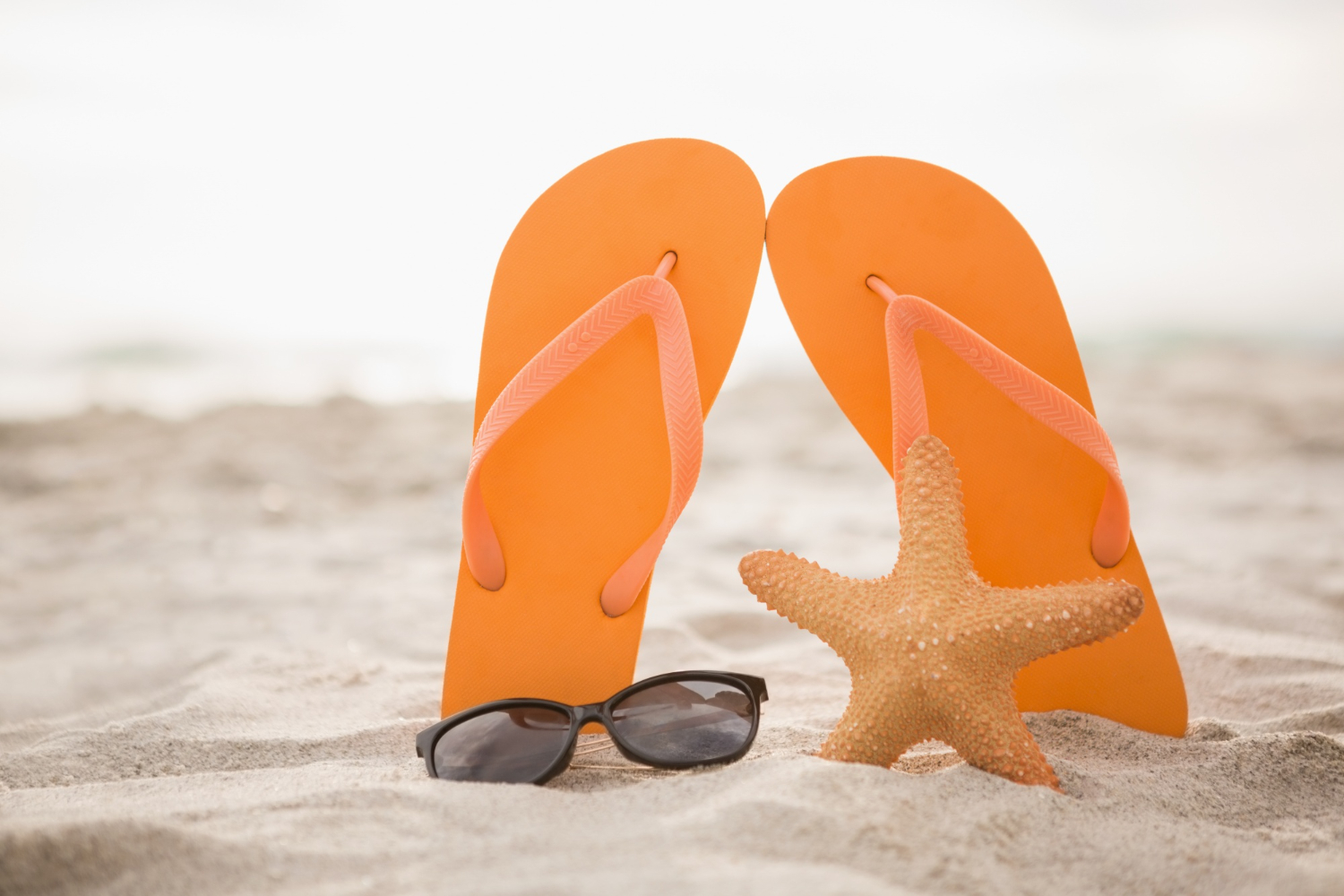Why Flip-Flops Aren’t the Best Choice in summer?
It’s no secret that people love the beach in the summer. The sun, the waves, and the sand are all part of the perfect summer day. And while flip-flops may seem like the perfect footwear for a day at the beach, they may not be the best choice for your foot health. But did you know that wearing them too often can actually be harmful to your foot health? Flip-flops may be convenient and fashionable, but they are not designed for everyday use, and overusing them can lead to many foot problems. In this blog post, we will explore the negative effects of overusing flip-flops in the summer and provide tips for maintaining healthy feet. Why do people love flip-flops? One of the biggest reasons people love wearing flip-flops at the beach is because they allow you to feel the sand between your toes. While this may be a fun sensation, it’s important to remember that sand can be abrasive and can cause irritation and even injury to your feet. If you do decide to go barefoot, be sure to inspect your feet regularly for cuts, scrapes, and other injuries. Flip-flops are also a popular choice for the beach because they are easy to slip on and off, and they allow your feet to breathe in the hot summer sun. Risks of wearing flip-flops First and foremost, flip-flops offer very little support for the feet. They have no arch support or cushioning, unlike sneakers or other closed-toe shoes. This can lead to pain in the heel, arch, and ball of the foot, as well as conditions like plantar fasciitis. Additionally, they can alter the way you walk, which can also have negative effects on your foot health. Because they are so flexible, your toes have to work harder to keep them on your feet, which can cause the muscles and tendons in your feet to strain and become fatigued. This can lead to foot pain and even injuries like sprains and strains. Also, if you are walking on hot sand or pavement, your feet can become burned or blistered. Furthermore, flip-flops offer very little protection for your feet. Because they are so open, they leave your feet vulnerable to cuts, scrapes, and other injuries. This is especially true if you are walking on rough or uneven surfaces, such as gravel or rocky terrain. In addition, if you are wearing flip-flops in a public area like a pool or locker room, you are at risk of contracting fungal infections like athlete’s foot. What should you do? So, what can you do to maintain healthy feet in the summer while still enjoying the convenience of flip-flops? It’s important to remember that they may not be the best choice for your foot health. But if you wear flip-flops; Be sure to limit your use to short periods of time If you need to walk or stand a lot, opt for shoes with more support and cushioning. Always remember to protect your feet from the sun and sand by applying sunscreen and inspecting them regularly for cuts, scrapes, and other injuries. Keep in mind that flip-flops may be popular summer footwear, but they are not the best option for everyday use. Overusing can lead to foot problems, including pain, injury, and fungal infections. By following the tips outlined above, you can still enjoy flip-flops while maintaining healthy feet. Make an appointment at Health and Style Medical Center to have your foot health checked.
Why Flip-Flops Aren’t the Best Choice in summer? Read More »



